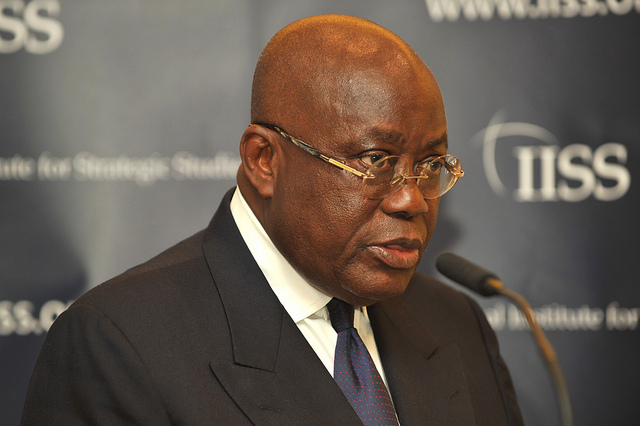By Katy Migiro
Millions of drought-stricken Ethiopians needing food, water and emergency medical care are not receiving it due to funding shortages, the United Nations said, warning the crisis will worsen if spring rains fail as predicted.
Some 5.6 million people need food aid in the Horn of Africa nation, which has been hit by a series of back-to-back droughts.
“The needs relating to the developing emergency exceed resources available to date,” the U.N.’s Office for the Coordination of Humanitarian Affairs (OCHA) said on Monday.
“Each day without food assistance exponentially increases human suffering, lengthens the recovery period of affected people, puts increasing pressure on humanitarian and development systems, and the interventions become that much more expensive.”
It is three times cheaper to treat children who are moderately, rather than severely, malnourished, it said.
But it takes at least four months to procure, ship and deliver emergency supplies to Ethiopia, it said.
The U.N. appealed for more than $900 million in aid for Ethiopia in January.
Almost 13 million people across the Horn of Africa need aid due to drought, including 2.7 million in Kenya, 2.9 million people in Somalia and 1.6 million people in Uganda, OCHA said.
The situation is expected to worsen across the region as the “belg” Spring rains are predicted to fail.
“The expected below normal rainfall will negatively impact belg land preparation and planting, as well as water and pasture availability; with a spiral effect on food and nutritional security of affected communities,” OCHA said.
At least $2.7 million is required each week to provide water via more than 600 trucks to millions of people, mostly livestock herders in southern Ethiopia, but there is only funding for 300-odd trucks, OCHA said.
Humanitarians are already short of cooking oil to distribute to hungry Ethiopians, with pulses and cereals likely to run out in the next few months, OCHA added.
There is also no money to deploy emergency medical teams and health supplies to southern areas not covered by health facilities, it said.
Eastern and southern Africa were hard hit in 2016 by drought exacerbated by El Nino – a warming of sea-surface temperatures in the Pacific Ocean – that wilted crops, slowed economic growth and drove food prices higher.



